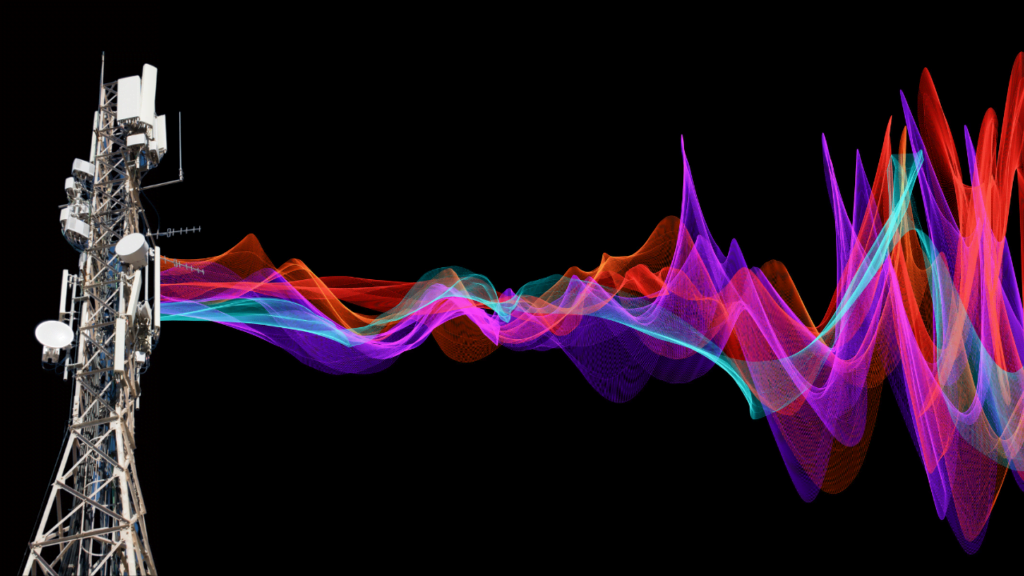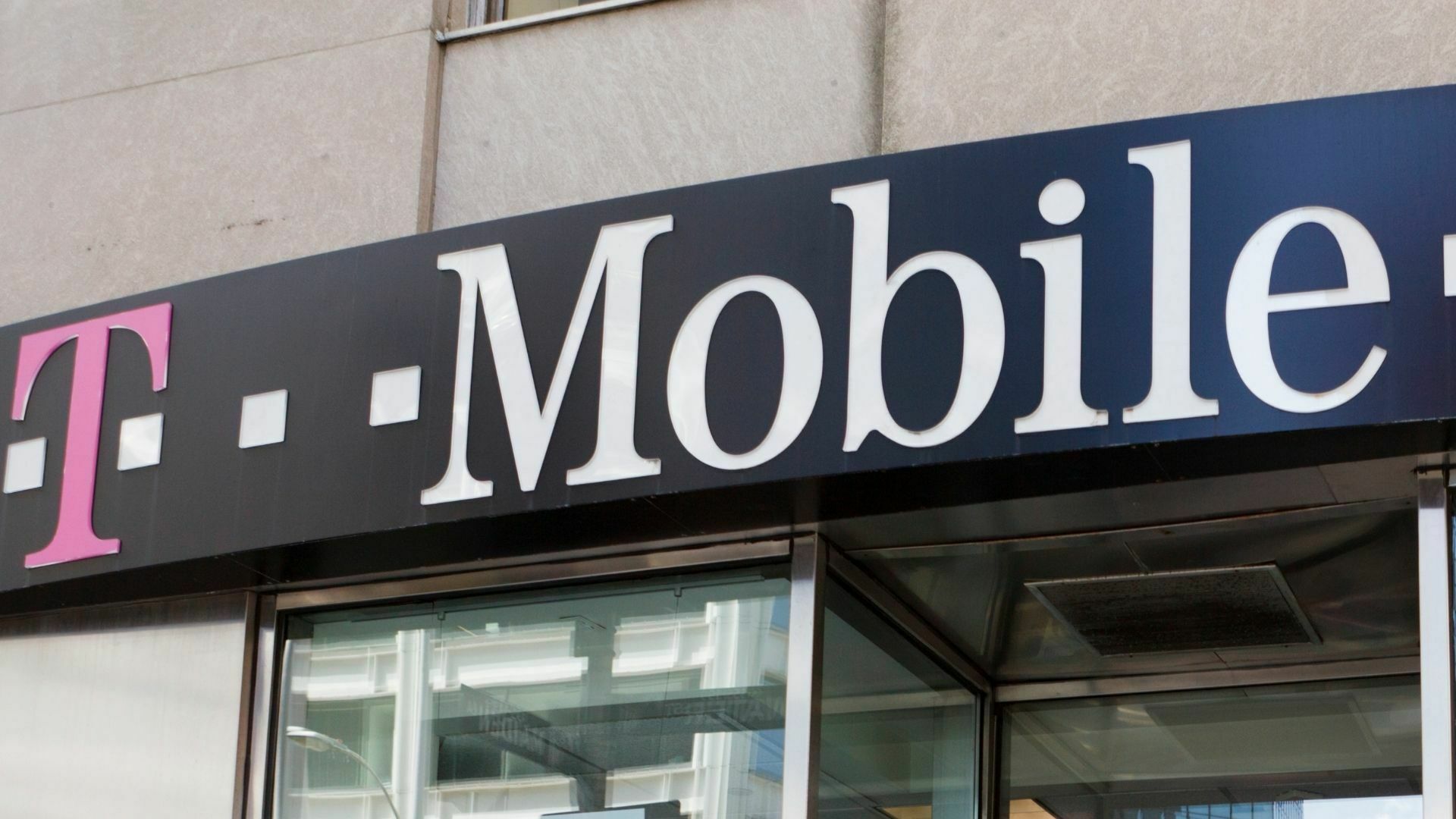- Key Takeaways
- Introduction
- What is Four-Carrier Aggregation?
- How Does Four-Carrier Aggregation Work?
- What Does Four-Carrier Aggregation Mean for T-Mobile Customers?
- How Does Four-Carrier Aggregation Enhance 5G SA Speeds?
- What is T-Mobile's Track Record with 5G SA?
- How Does T-Mobile's 5G Coverage Compare to Other Providers?
- Conclusion
Key Takeaways
- T-Mobile has begun the deployment of four-carrier aggregation, a move set to turbocharge speeds on its 5G standalone (SA) network.
- Four-carrier aggregation works by merging four 5G channels of sub-6 GHz spectrum to deliver superior speed and performance.
- The first customers to experience this will be those with the Samsung Galaxy S23.
- T-Mobile’s 5G network covers more square miles than AT&T and Verizon combined.
- The company was the first in the world to launch a nationwide 5G SA network in 2020.
- T-Mobile’s four-carrier aggregation promises faster speeds and better performance, underscoring the company’s commitment to leading the charge in 5G technology.
Introduction
T-Mobile US, Inc., a leader in the telecommunications industry, has recently announced a significant development in its 5G technology. The company has begun the deployment of four-carrier aggregation, a move set to turbocharge speeds on its 5G standalone (SA) network. This article delves into the details of this development, its implications for the future of wireless technology, and why it’s a game-changer worth understanding.

What is Four-Carrier Aggregation?
Four-carrier aggregation is a technology that allows T-Mobile to combine multiple 5G channels (or carriers) to deliver superior speed and performance. This is akin to transforming four separate highways into a massive superhighway, enabling data traffic to move at unprecedented speeds.
How Does Four-Carrier Aggregation Work?
Technically, T-Mobile is merging four 5G channels of sub-6 GHz spectrum – two channels of 2.5 GHz Ultra Capacity 5G, one channel of 1900 MHz, and one channel of 600 MHz spectrum. The outcome is a significant increase in speed, with peak speeds topping 3.3 Gbps in recent tests.
What Does Four-Carrier Aggregation Mean for T-Mobile Customers?
The deployment of four-carrier aggregation is currently live in parts of T-Mobile’s network and will be available nationwide in the coming weeks. The first customers to experience this will be those with the Samsung Galaxy S23, with more devices expected to follow.
How Does Four-Carrier Aggregation Enhance 5G SA Speeds?
This development is significant because 5G SA is the future of wireless, delivering a whole new level of performance with faster speeds and lower latency. The introduction of carrier aggregation to this technology allows T-Mobile to turbocharge 5G SA speeds, providing customers with a significant performance boost.

What is T-Mobile’s Track Record with 5G SA?
T-Mobile’s dedication to 5G SA is evident in its track record. The company was the first in the world to launch a nationwide 5G SA network in 2020, a network that remains the only nationwide 5G SA network in the U.S. Since then, T-Mobile has been driving towards a true 5G-only experience for customers by spearheading advancements like carrier aggregation and Voice over New Radio (VoNR).
How Does T-Mobile’s 5G Coverage Compare to Other Providers?
T-Mobile’s 5G network covers 326 million people across two million square miles – more square miles than AT&T and Verizon combined. 275 million people nationwide are covered by T-Mobile’s super-fast Ultra Capacity 5G, and the company plans to reach 300 million people with Ultra Capacity this year – nearly everyone in the country.

Conclusion
T-Mobile’s four-carrier aggregation is a significant step forward in the evolution of 5G technology. It not only promises faster speeds and better performance but also underscores T-Mobile’s commitment to leading the charge in 5G technology.
